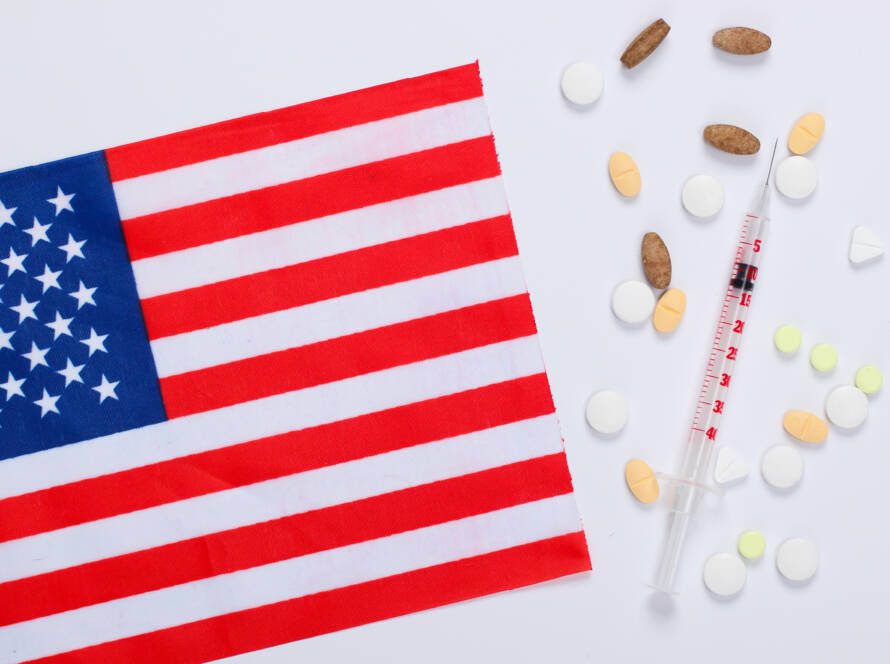Intermittent drug shortages are not new, but currently they have become more severe as a result of the pandemic and other recent global events. This is making it difficult for many patients to get the medications they require. Sometimes, the access to the medicines does not exist as the required medicines are not yet licensed in the country of residence of the patients whereas sometimes some medicines could be in in low supply due to supply constraints and other logistical issues.
Drug shortages can happen for a number of reasons, and they can vary in severity and form.
The following are a few typical causes of drug shortages:
1. Manufacturing problems: Delays in production of the bulk drug as well as drug product, problems with quality control, malfunctioning equipment, and non-availability of raw materials, packaging elements contribute to the manufacturing woes that can affect the drug supply. The availability of medications may briefly be affected by production line adjustments or regulatory compliance concerns at manufacturing plants.
2. Conflicts in the supply chain: Problems in the global or national supply chain impact drug supply. The delivery of medications and raw materials get hampered by factors such as natural disasters, problems in transportation, trade prohibitions, or political turmoil, leading to shortages.
3. Regulatory obstacles: In order to comply with new regulations, manufacturing facilities may need to upgrade their operations, which will cause momentary disruptions. Delays in regulatory approval of new medications or generic alternatives can also lead to shortages. Delays in import permits, stock and distribution permits from the government offices can delay imports and distribution leading to shortages.
4. Demand growth: The supply chain may be stressed by a sudden rise in the demand for a particular medication, which is frequently brought on by epidemics, pandemics, or other public health emergencies. Healthcare systems may struggle to keep up with the increased demand, which could result in shortages.
5. Drug discontinuation: Pharmaceutical companies might choose to cease producing a certain drug products for a number of reasons, such as low profitability, patent expiration, manufacturing difficulties, or other factors creating a vacuum in the market’s supply, which could result in shortages.
6. Quality issues: Concerns regarding the quality or safety of particular drugs and drug products can sometimes result in manufacturing halts or recalls, which cause a temporary disruption in the supply of the affected drugs until the problems are solved.
7. Stockpiling and hoarding: In response to real or perceived shortages, people or organisations may stockpile or hoard medicines, which can make them even scarcer and restrict access for those who need them.
One of the biggest challenges facing healthcare systems is controlling drug shortages and ensuring that medications get to patients who need them. The following actions can be taken to manage drug shortages and make sure that patients have access to their required medications:
1. Collaboration and communication: Both are essential amongst healthcare professionals, chemists, manufacturers, and regulatory agencies. Healthcare professionals can make informed opinions and manage patient expectations by exchanging information about drug shortages, estimated time frames, and alternative treatment alternatives.
2. Early identification and monitoring: Monitoring drug supply chains, inventory levels, and manufacturing capacities on a regular basis can assist spot potential shortages before they have a substantial impact on the care of patients.
3. Stock allocation and management: Healthcare organisations should implement effective inventory management procedures, such as routine stock monitoring, storage capacity optimization, and the implementation of just-in-time inventory systems, which are crucial during shortages.
4. Therapeutic substitutes and alternatives: When a certain medication is not accessible, creating standards for alternate therapies or substitution might assist healthcare professionals in locating acceptable substitutes. This may entail taking into account various dosage sizes, potencies, or substitute medications with comparable efficacy and safety profiles.
5. Long-term strategy: It’s critical to create long-term plans to avoid or lessen medicine shortages. This can entail looking into novel manufacturing techniques, guaranteeing sufficient domestic production capacity, and developing backup plans for life-saving pharmaceuticals.
6. Research and innovation: Supporting research and innovation in drug discovery, supply chain management, and pharmaceutical manufacturing can assist solve the underlying issues causing drug shortages. This entails investigating novel drug delivery techniques, increasing manufacturing effectiveness, and funding investigations into potential therapeutic alternatives.
7. Education of the public and patients: It is necessary to manage patient expectations and answer concerns about changes in their prescription regimen. This includes educating the public about drug shortages, alternative treatment available, and the rationale for any therapeutic replacements.
All of these strategies must be put into practice within national legal and regulatory frameworks. Regulatory agencies, other stakeholders, and healthcare professionals must all work together to alleviate drug shortages and guarantee that patients receive the medications they require.


